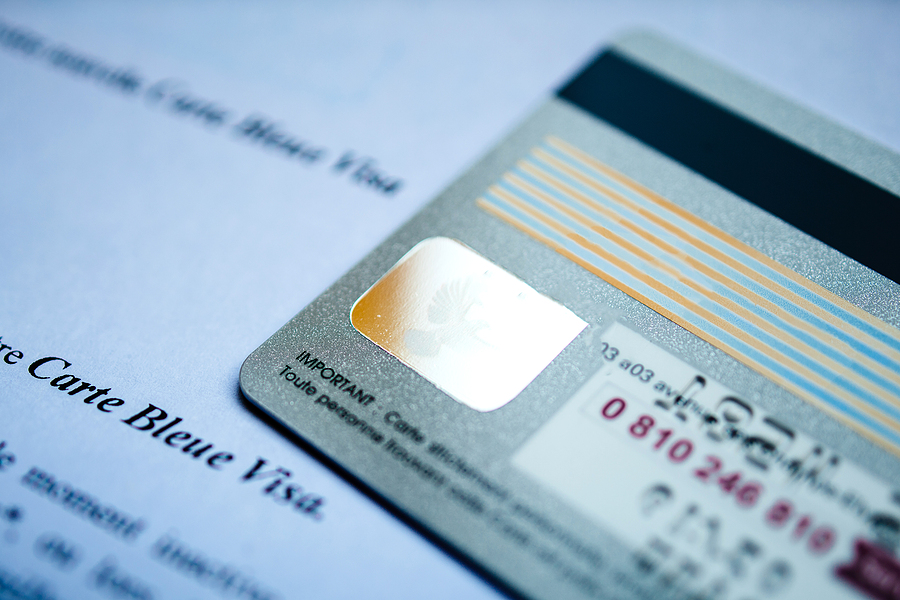Credit cards are a convenient and flexible way to manage your finances, but they can also be a source of confusion and frustration, especially when it comes to understanding the interest charges. The Annual Percentage Rate (APR) is one of the most important aspects of your credit card, as it determines how much interest you’ll pay on any balances you carry over from month to month.
In this blog post, we’ll explain what APR is, how it’s calculated, and how you can avoid interest charges on your credit card. These six questions should put your mind in the right place.
1. What is APR?
APR stands for Annual Percentage Rate, and it represents the interest rate you’ll pay on any balances you carry over from month to month. The APR is expressed as a percentage, and it’s usually shown on your credit card statement or in the terms and conditions of your card.
2. How is APR calculated?
APR is calculated by taking the periodic interest rate (usually the monthly rate) and multiplying it by the number of periods in a year. For example, if your credit card has a monthly interest rate of 1.5%, your APR would be 18% (1.5% x 12 months). It’s important to note that some credit cards have different APRs for purchases, balance transfers, and cash advances, so be sure to check your terms and conditions to understand the different rates that may apply.
3. What affects your APR?
There are several factors that can affect your APR, including your credit score, payment history, and the type of credit card you have. Generally, credit cards with rewards or other perks tend to have higher APRs, while cards with lower interest rates may have fewer rewards or benefits. Additionally, your APR may be subject to change based on changes to the prime rate or other economic factors.
4. How can you avoid interest charges?
The best way to avoid interest charges on your credit card is to pay your balance in full each month. When you pay your balance in full, you won’t be charged any interest on your purchases. If you can’t pay your balance in full, try to pay as much as you can each month to minimize the interest charges.
Another way to avoid interest charges is to take advantage of any introductory offers that your credit card may have. Many credit cards offer 0% APR for a certain period of time, which can be a great way to save money on interest charges. Just be sure to pay off your balance before the introductory period ends, as the interest rate will typically increase significantly after the promotional period.
5. What if you can’t pay your balance in full?
If you’re unable to pay your balance in full, there are a few strategies you can use to minimize the interest charges. One option is to transfer your balance to a card with a lower interest rate. Many credit cards offer balance transfer promotions with low or 0% APR for a certain period of time. Just be sure to read the terms and conditions carefully, as there may be fees or other restrictions that apply.
Another strategy is to prioritize your payments. If you have multiple credit cards with balances, focus on paying off the one with the highest APR first, as that’s the card that’s costing you the most in interest charges. Once you’ve paid off the high-APR card, move on to the next one, and so on.
6. What happens if you don’t pay your balance?
If you don’t pay your balance, you’ll be charged interest on the unpaid balance, and you may also be subject to late fees and other penalties. Additionally, failing to make your payments on time can negatively impact your credit score, which can make it more difficult to obtain credit in the future.
Final thoughts
Understanding your credit card’s APR is crucial to managing your finances effectively. By paying your balance in full each month, taking advantage of introductory offers, and prioritizing your payments, you can minimize the amount of interest you pay on your credit card. If you’re unable to pay your balance in full, consider transferring your balance to a card with a lower interest rate or focus on paying off the card with the highest APR first.
It’s also important to be aware of the factors that can affect your APR, such as your credit score and payment history, and to read the terms and conditions of your credit card carefully to understand the different rates that may apply.
Finally, if you’re struggling to make your payments, don’t ignore the problem. Contact your credit card issuer as soon as possible to discuss your options, such as a payment plan or a hardship program. By taking proactive steps to manage your credit card debt, you can avoid the negative consequences of high-interest debt and build a strong financial foundation for the future.

